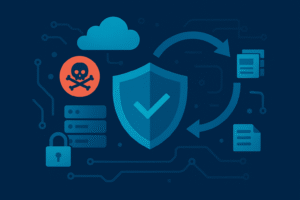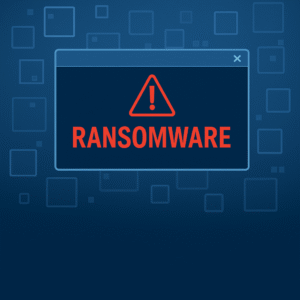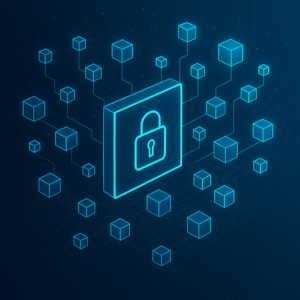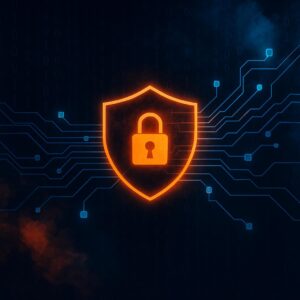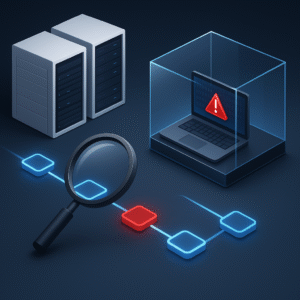In today’s digital age, building robust cyber defenses is essential for protecting your organization from a wide range of cyber threats. With cyber-attacks becoming more sophisticated and frequent, it’s crucial to implement best practices to safeguard your data, systems, and reputation. Here are some key strategies to help you build strong cyber defenses.
Conduct Regular Risk Assessments
Understanding the specific threats your organization faces is the first step in creating effective cyber defenses. Conduct regular risk assessments to identify vulnerabilities in your systems and processes. This will help you prioritize your security efforts and allocate resources effectively.
Implement Strong Access Controls
Restrict access to sensitive data and systems to only those who need it. Use strong, unique passwords and implement multi-factor authentication (MFA) to add an extra layer of security. Regularly review and update access controls to ensure they remain effective.
Use Multi-Factor Authentication
Multi-factor authentication (MFA) adds an extra layer of security by requiring users to provide two or more verification factors to gain access. This makes it harder for cybercriminals to gain unauthorized access.
Regularly Update Access Permissions
Regularly review and update access permissions to ensure that only authorized personnel have access to sensitive information and systems. This practice helps in minimizing the risk of insider threats.
Keep Software and Systems Updated
Ensure all software and systems are up to date with the latest security patches. Cybercriminals often exploit known vulnerabilities in outdated software, so regular updates are critical to maintaining robust cyber defenses.
Educate Employees on Cybersecurity
Your employees play a crucial role in maintaining your organization’s security. Provide regular training on cybersecurity best practices, such as recognizing phishing emails, using strong passwords, and reporting suspicious activity. An informed workforce is your first line of defense against cyber threats.
Conduct Regular Training Sessions
Regular training sessions help keep employees informed about the latest cyber threats and how to avoid them. Include practical exercises to ensure they understand and can apply the training effectively.
Encourage a Culture of Security
Promote a culture of security within your organization by encouraging employees to take cybersecurity seriously. Reward proactive behavior and make it easy for them to report suspicious activities.
Use Advanced Security Solutions
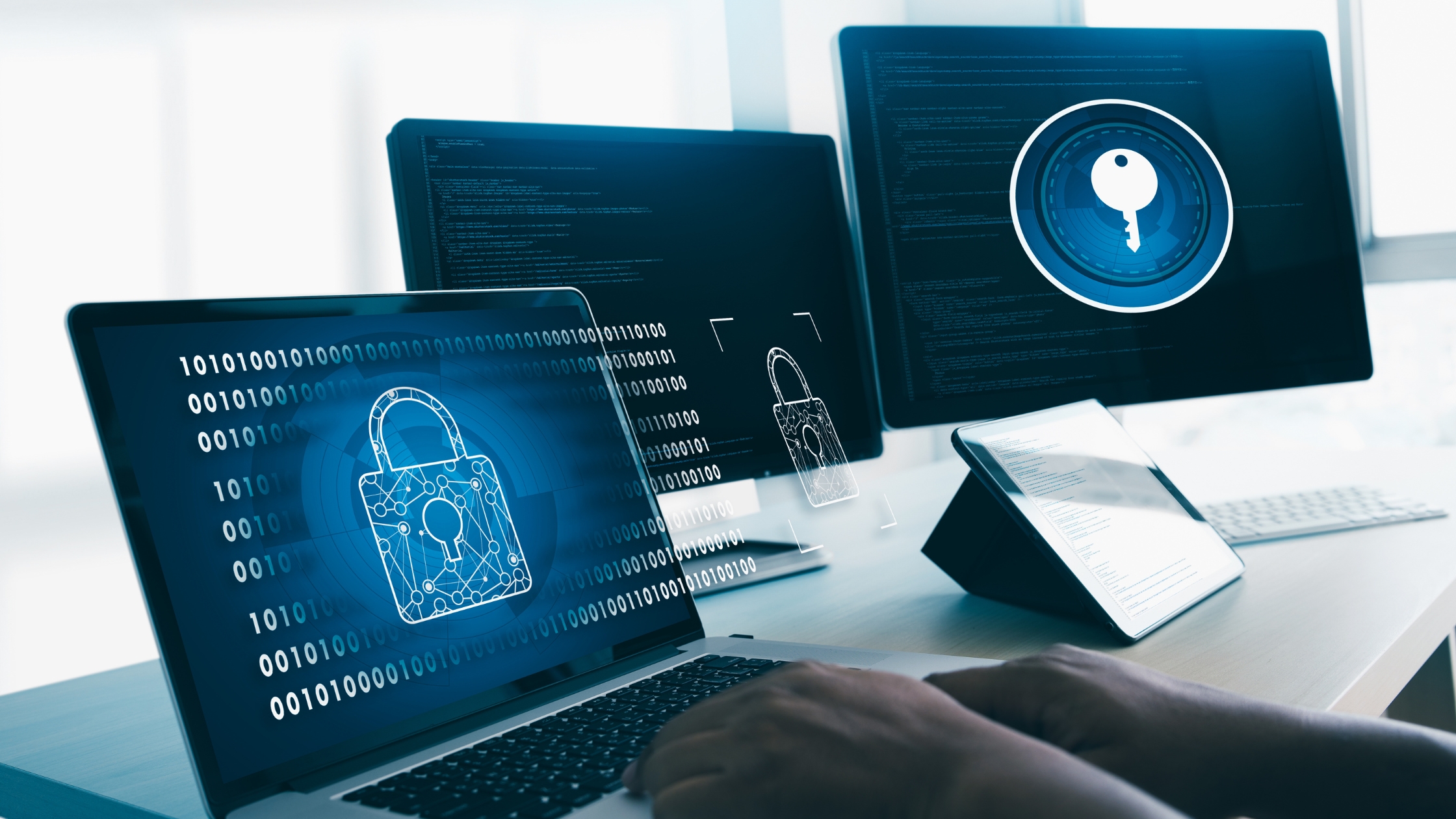
Invest in advanced security solutions like firewalls, intrusion detection systems (IDS), and antivirus software. These tools can help detect and prevent cyber threats before they cause significant damage. Additionally, consider using encryption to protect sensitive data both in transit and at rest.
Implement Firewalls and Intrusion Detection Systems
Firewalls and IDS are critical components of a robust cybersecurity strategy. They help monitor and control incoming and outgoing network traffic based on predetermined security rules.
Encrypt Sensitive Data
Encryption protects sensitive data by converting it into a code that can only be deciphered with a specific key. This ensures that even if data is intercepted, it cannot be read without the decryption key.
Develop an Incident Response Plan
No matter how robust your defenses are, there’s always a chance of a cyber-attack. Having a well-defined incident response plan ensures you can quickly and effectively respond to any security breaches. Your plan should include steps for containing the breach, assessing the damage, and recovering your systems.
Define Clear Roles and Responsibilities
Ensure that your incident response plan clearly defines roles and responsibilities for each team member. This helps in coordinating efforts and reducing confusion during a cyber incident.
Conduct Regular Drills
Regular drills help your team practice and refine their response to cyber incidents. This preparation ensures that everyone knows their role and can act quickly in the event of a real attack.
Regularly Back Up Data
Regular data backups are essential for recovering from a cyber-attack, such as ransomware. Ensure that backups are stored securely and tested regularly to confirm they can be restored when needed. This practice ensures that your organization can quickly recover from data loss or corruption.
Store Backups Securely
Ensure that backups are stored in a secure location, separate from your main systems. This prevents backups from being compromised in the event of a cyber-attack.
Test Backup Restoration
Regularly test the restoration of backups to ensure that data can be recovered quickly and completely in the event of an incident. This practice helps identify and fix any issues with the backup process.
Monitor Network Activity
Continuous monitoring of network activity helps detect unusual behavior that may indicate a cyber-attack. Implementing a robust monitoring system allows you to identify and respond to threats in real time, minimizing potential damage.
Use Automated Monitoring Tools
Automated monitoring tools can help detect and alert you to suspicious activity on your network. These tools provide real-time insights and can quickly identify potential threats.
Analyze Network Traffic
Regular analysis of network traffic helps identify patterns and anomalies that could indicate a cyber threat. This proactive approach allows you to address issues before they escalate.
Conclusion
Building robust cyber defenses is an ongoing process that requires regular assessment, employee education, and the use of advanced security technologies. By implementing these best practices, you can significantly reduce the risk of cyber threats and protect your organization’s valuable assets. Stay vigilant and proactive in your cybersecurity efforts to ensure a safe and secure digital environment.
Enhance Your Cyber Defenses with NetApp Security and Cybersnap
For seamless integration, proactive scanning, and unbeatable protection against cyber threats, consider enhancing your cyber defenses with NetApp Security and Cybersnap. Our solutions provide comprehensive security measures to safeguard your organization’s data and systems, ensuring you stay ahead of evolving cyber threats. Invest in NetApp Security with Cybersnap today and experience the peace of mind that comes with top-tier cybersecurity.
By following these guidelines and incorporating advanced security solutions like NetApp Security with Cybersnap, your organization can build a strong foundation for cyber defenses and stay ahead of evolving cyber threats. Remember, the key to effective cybersecurity is continuous improvement and adaptation to new challenges.


